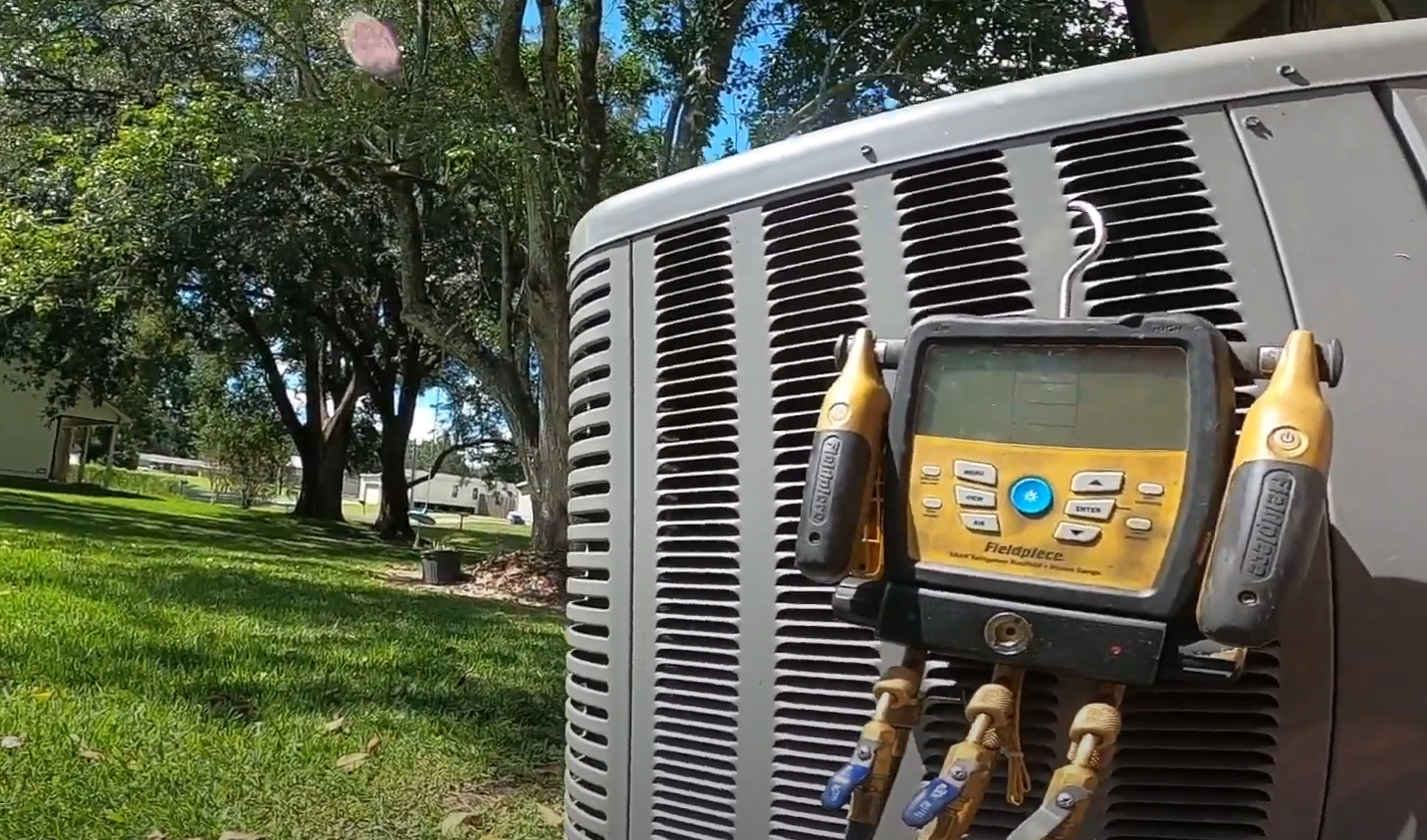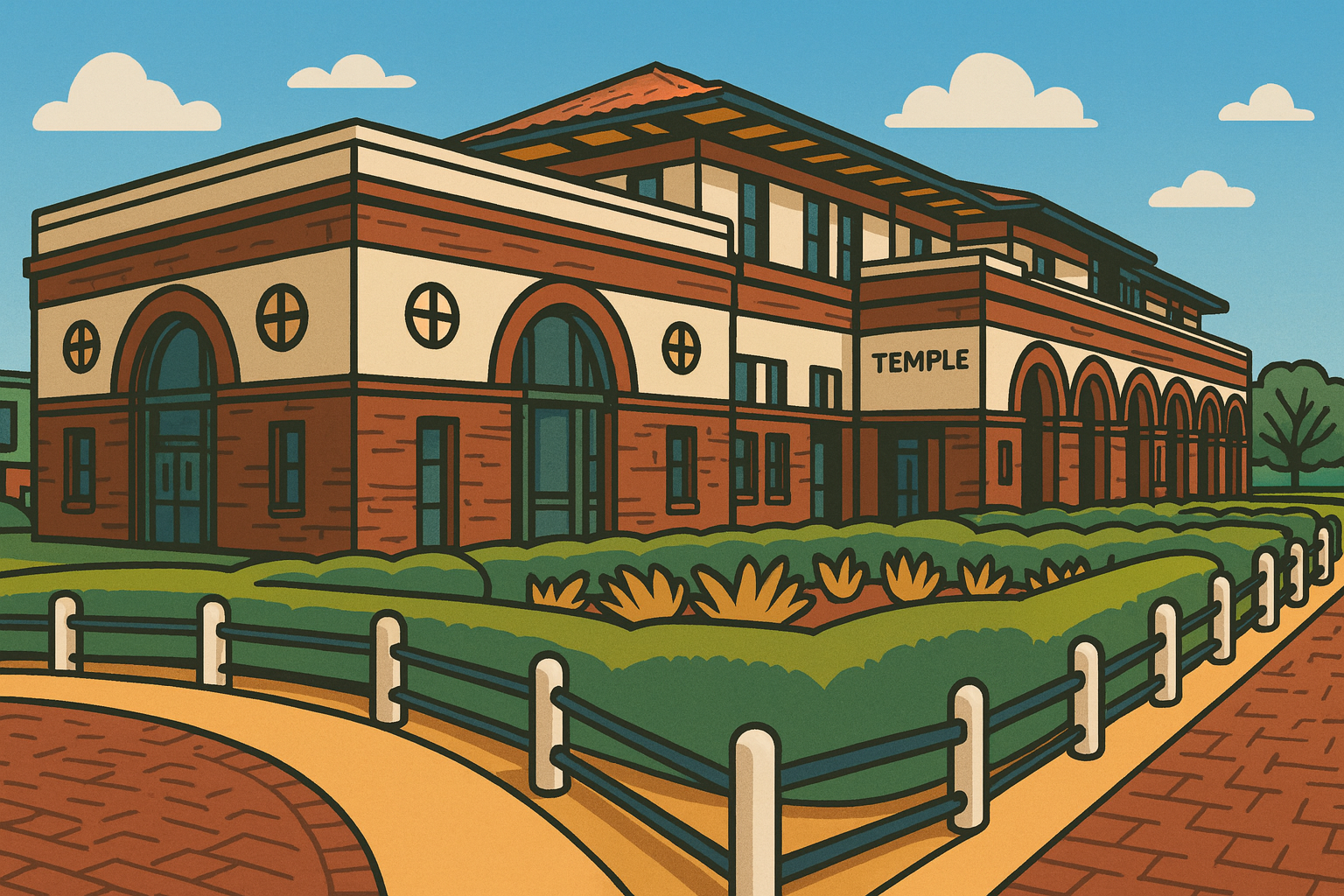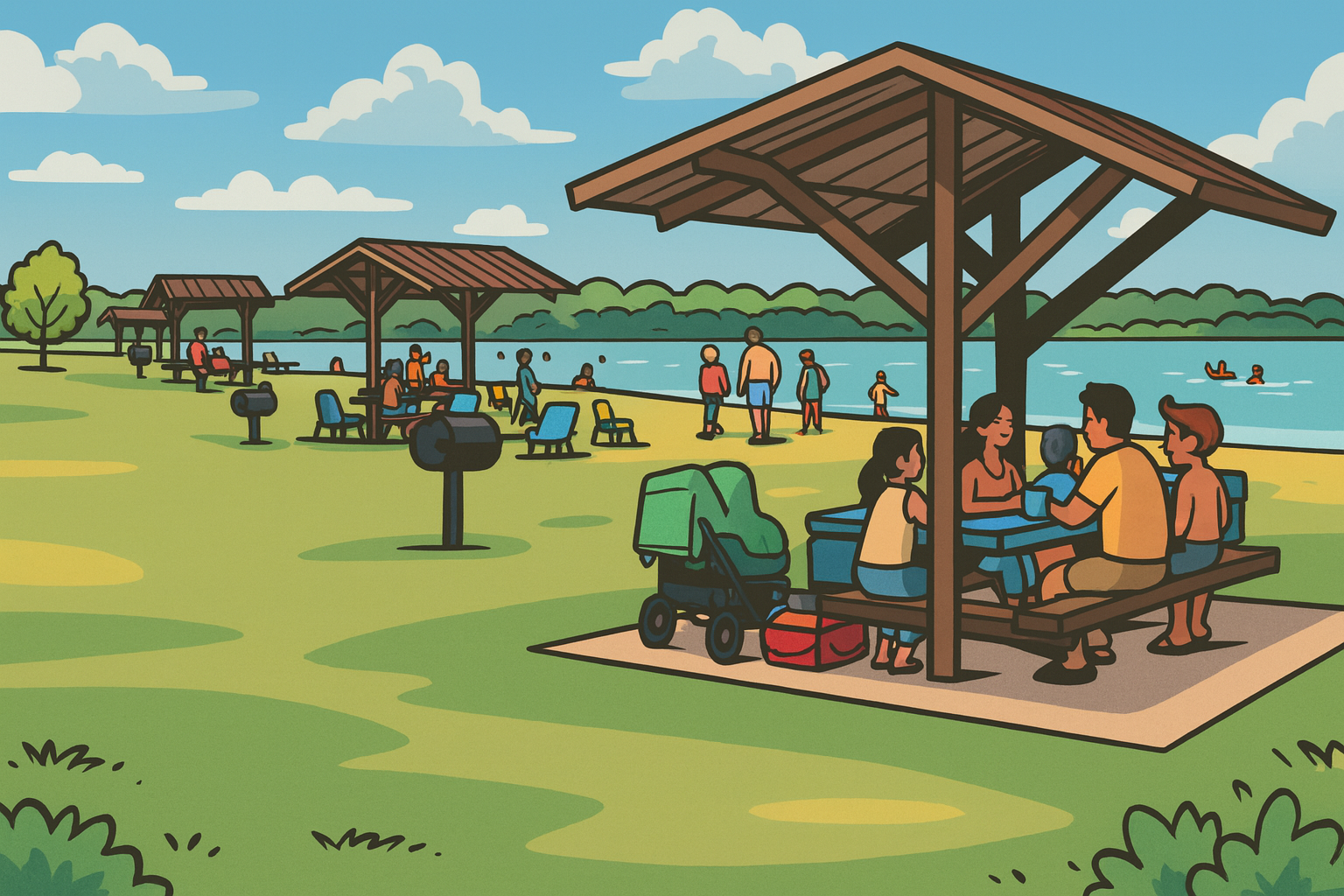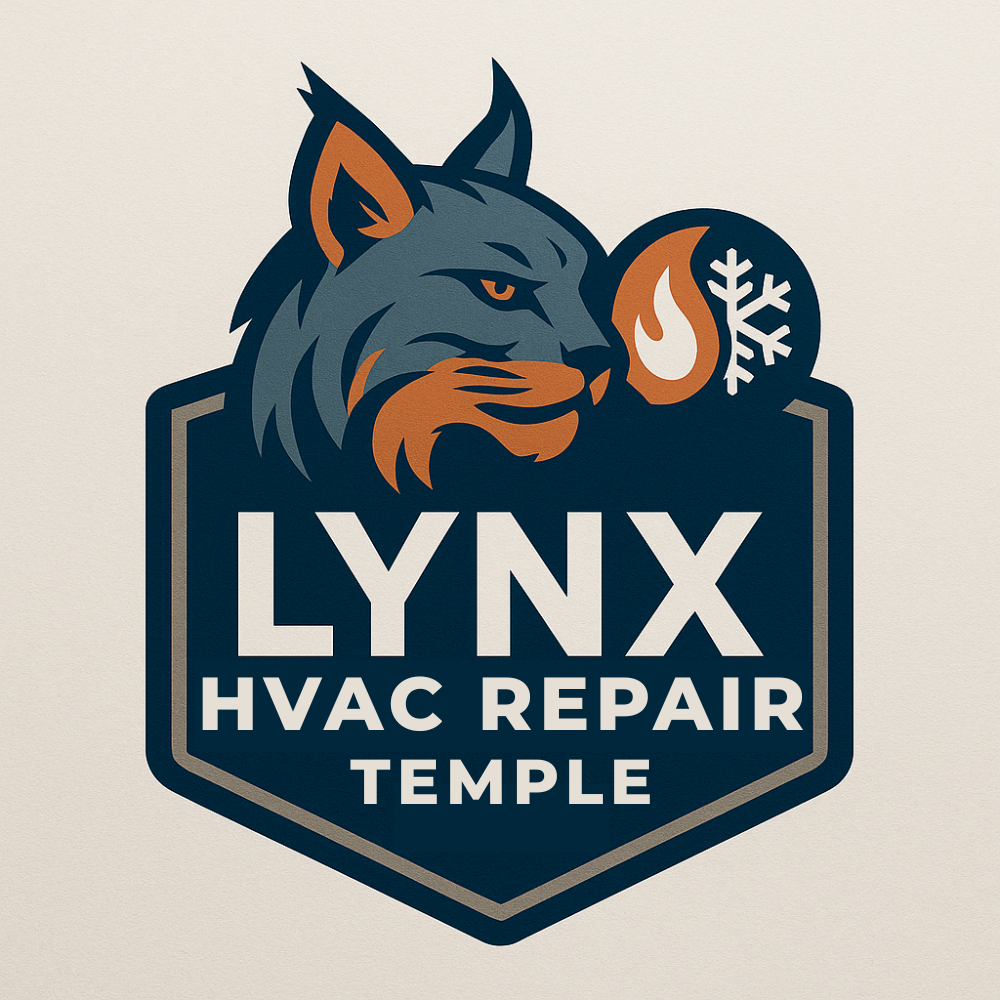AC Maintenance Tips For Historic District Homes In Temple, TX: Essential Care Guide For Vintage Properties
Maintaining air conditioning systems in Temple's historic district homes requires specialized knowledge and a careful approach. These architectural treasures, with their unique construction methods and materials, present distinct challenges when it comes to preserving both comfort and historical integrity. Professional HVAC Temple TX services ensure your system is maintained with precision, protecting your historic home's character while preventing costly emergency repairs and extending system lifespan—all while keeping energy bills manageable.
Many historic homes in Temple were built before modern cooling systems existed, making their AC units retrofitted additions that need extra attention. The combination of Texas heat and older building materials creates specific maintenance requirements that differ from those of newer homes. Professional HVAC technicians familiar with historic properties understand these nuances and can properly service these specialized systems.
The rising temperatures in Temple make proper AC maintenance crucial for historic homeowners. Protecting original woodwork and historical features from humidity damage while maintaining indoor comfort requires a balanced approach that considers both preservation and modern cooling needs.
Key Takeaways
- Regular professional maintenance extends AC system life while preserving historic home integrity
- Historic homes require specialized AC maintenance techniques due to their unique construction
- Professional HVAC technicians with historic building experience deliver the best maintenance results
Unique AC Maintenance Challenges in Temple, TX Historic District Homes
Temple's historic district features architectural treasures that require specialized AC maintenance approaches. These homes demand careful attention to both preserving their original character and ensuring modern comfort in Central Texas's demanding climate.
Preserving Architectural Integrity During Maintenance
Historic homes in Temple often feature intricate woodwork, decorative moldings, and period-specific design elements that cannot be altered or damaged during AC maintenance.
Technicians must use specialized tools and techniques when accessing ductwork behind historic walls and ceilings. Protective coverings and careful workspace management prevent damage to original fixtures.
Mini-split systems and high-velocity HVAC options provide cooling solutions that minimize visual impact on historic interiors. These systems require regular maintenance checks that focus on both performance and aesthetic preservation.
Common HVAC Issues Specific to Older Structures
Original construction materials and methods in Temple's historic homes create unique cooling challenges:
- Poor insulation in walls and attics
- Air leaks around original windows and doors
- Restricted spaces for ductwork
- Outdated electrical systems
Regular inspections of wood framing near AC components help prevent moisture damage. Technicians must check for condensation issues, especially during Temple's humid summers.
Air handlers need frequent cleaning due to dust accumulation in older structures. Historic homes often require specialized filtration systems to protect vintage materials.
Balancing Comfort With Historic Preservation Codes
Temple's historic preservation guidelines affect AC maintenance procedures. Work must comply with local historic district regulations while maintaining system efficiency.
Essential Maintenance Considerations:
- Documentation of any necessary modifications
- Use of period-appropriate vent covers and grilles
- Non-invasive mounting solutions for outdoor units
- Proper placement of thermostats on historic walls
Maintenance schedules must account for seasonal challenges unique to historic properties. Spring inspections focus on preparing systems for intense Texas heat while protecting original building materials.

Top AC Maintenance Tips for Historic Homes
Proper AC maintenance preserves both your cooling system and the architectural integrity of your historic Temple home. Regular upkeep prevents costly repairs while protecting original features and maintaining comfortable indoor temperatures.
Routine Inspection and Cleaning for Longevity
Schedule professional AC inspections every spring before the Texas heat intensifies. A certified technician will check refrigerant levels, electrical connections, and system pressures.
Clean or replace air filters monthly during peak cooling season. This prevents strain on historic ductwork and protects original woodwork from excess dust accumulation.
Check outdoor condenser units weekly for debris like leaves and grass clippings. Maintain 2 feet of clearance around the unit for proper airflow.
Remove dust from supply vents and returns using a soft brush attachment. This preserves decorative grilles while maintaining optimal airflow.
Filter Upgrades for Improved Indoor Air Quality
Install high-MERV rated filters designed for historic homes. These capture more particles while allowing proper airflow through older ductwork.
Consider adding UV air purification systems that mount inside existing ductwork. These eliminate mold, bacteria, and other contaminants without altering historic features.
Replace filters more frequently in historic homes, typically every 30-45 days. Older homes often have more dust and debris circulation.
Monitor indoor humidity levels with a hygrometer. Keep relative humidity between 30-50% to protect wood floors, trim, and furnishings.
Coil and Condensate Line Care
Clean evaporator coils annually to prevent buildup that reduces efficiency. Use non-acidic coil cleaners to protect older metal components.
Pour 1 cup of white vinegar through the condensate line every 60 days. This prevents clogs that could damage original plaster or woodwork.
Install a condensate line float switch to automatically shut off the system if drainage backs up.
Check the drain pan monthly for proper drainage and rust formation. Replace rusted pans immediately to prevent water damage.
Smart Thermostat Programming for Energy Efficiency
Install a programmable thermostat compatible with older HVAC systems. Set temperatures 5-8 degrees higher when away to reduce strain.
Create separate cooling zones if possible to avoid overcooling unused rooms with historic features.
Program gradual temperature changes rather than dramatic swings. This protects wood surfaces from expanding and contracting.
Use the "fan only" setting during mild weather to circulate air without running the compressor.
Retrofit and Upgrade Solutions for Historic HVAC Systems
Historic homes in Temple, TX require specialized HVAC solutions that maintain architectural integrity while delivering modern comfort. Advanced retrofit options can seamlessly blend with period details and provide efficient climate control.
Ductless Mini-Split and Mini-Duct System Options
Ductless mini-split systems offer exceptional flexibility for historic homes. These units require only a small 3-inch hole for connecting indoor and outdoor components, minimizing structural impact.
Mini-duct systems use flexible 2-inch tubing that fits easily within walls and tight spaces. The compact air handlers can be tucked into closets or attics, preserving original room layouts.
Multiple indoor units can be connected to a single outdoor condenser, creating independent temperature zones throughout the home. This zoning capability reduces energy waste by heating or cooling only occupied areas.
Enhancing Air Sealing and Insulation
Professional air sealing targets common leak points in historic homes like window frames, baseboards, and original ductwork. Quality weatherstripping around doors and windows blocks unwanted air infiltration.
Blown-in insulation works well for historic walls, adding R-value without removing original materials. Key areas to insulate include:
- Attic spaces and knee walls
- Rim joists in basements
- Exterior wall cavities
- Under-floor areas
Regular inspections help identify new air leaks that develop as the home settles and materials age.
Integrating Modern Controls Without Intrusive Changes
Smart thermostats with wireless sensors provide precise temperature monitoring without running new wiring through historic walls. These systems can be installed using existing thermostat locations.
WiFi-enabled controls allow remote temperature adjustments via smartphone apps. Programmable schedules help reduce energy usage during unoccupied periods.
Advanced zoning controls integrate with mini-split and mini-duct systems to maintain consistent comfort levels throughout the home. Motion sensors can automatically adjust settings based on room occupancy.
Professional Support and Seasonal Maintenance Scheduling
Regular maintenance from qualified HVAC professionals helps preserve both your AC system and your historic home's integrity while maximizing energy efficiency. Expert care prevents costly breakdowns and ensures your system meets Temple's unique climate demands.
When to Call Lynx HVAC Repair Temple
Contact professional HVAC support at the first sign of unusual noises, reduced cooling performance, or higher energy bills. These early warning signs often indicate developing issues that require expert attention.
Our certified technicians specialize in historic home AC systems and understand the delicate balance between modern cooling needs and preserving architectural integrity.
We provide 24/7 emergency services for unexpected breakdowns, but recommend scheduling routine checks before issues arise. This proactive approach helps protect both your AC system and your historic property.
Scheduling Preventative Maintenance
Spring and fall maintenance visits are essential for optimal AC performance in Temple's climate. Schedule spring maintenance in March or April, before summer heat arrives.
Key maintenance tasks include:
- Thorough system inspection
- Coil cleaning
- Electrical connection tightening
- Refrigerant level checks
- Filter replacement
- Thermostat calibration
Book appointments 2-3 weeks in advance during peak seasons to ensure availability. Our flexible scheduling accommodates your needs while maintaining consistent care for your system.
Local Considerations for Temple's Historic District
Historic homes in Temple face unique challenges due to original construction methods and local preservation guidelines. Our technicians are trained in working with older ductwork systems and understanding historic building materials.
Temple's hot summers and mild winters require specific maintenance adjustments. We factor in local weather patterns and your home's architectural features when developing maintenance plans.
Your AC system must meet both modern efficiency standards and historic district regulations. We ensure all maintenance work complies with local preservation requirements while maximizing your system's performance.
You might also like




